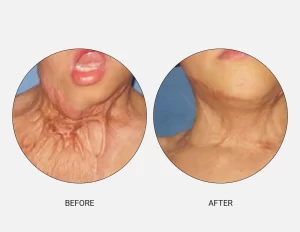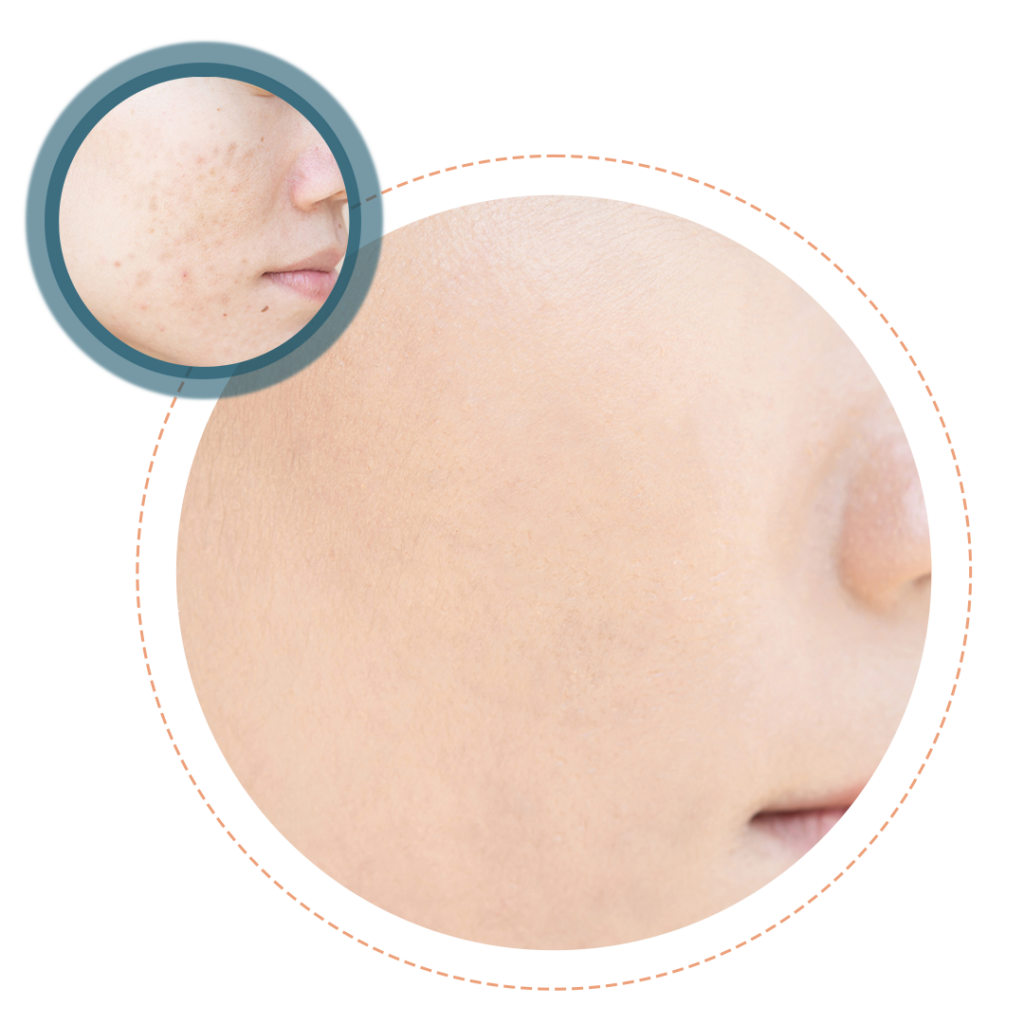
What is Non-surgical?
Overview Non-surgical cosmetic procedures are designed to enhance appearance without the need for invasive surgery. These treatments can address various concerns like wrinkles, scars, hair loss, and skin imperfections. They offer a less risky, quicker recovery alternative to traditional surgery, using techniques such as microneedling, laser therapy, and fillers to achieve desired results. Ideal for those seeking cosmetic improvements with minimal downtime.
Causes Factors like aging, sun exposure, hormonal changes, and genetic predispositions can lead to skin issues such as wrinkles, scars, and hair loss. Additionally, conditions like acne and keloids can further affect the skin’s appearance, necessitating non-surgical interventions for improvement.
Solutions Non-surgical procedures address these concerns by stimulating collagen production, reducing scar tissue, and promoting skin regeneration. Techniques like microneedling, laser treatments, and PRP therapy help rejuvenate the skin, reduce unwanted hair, and restore hair growth, offering effective solutions with minimal downtime.
Types of Treatments
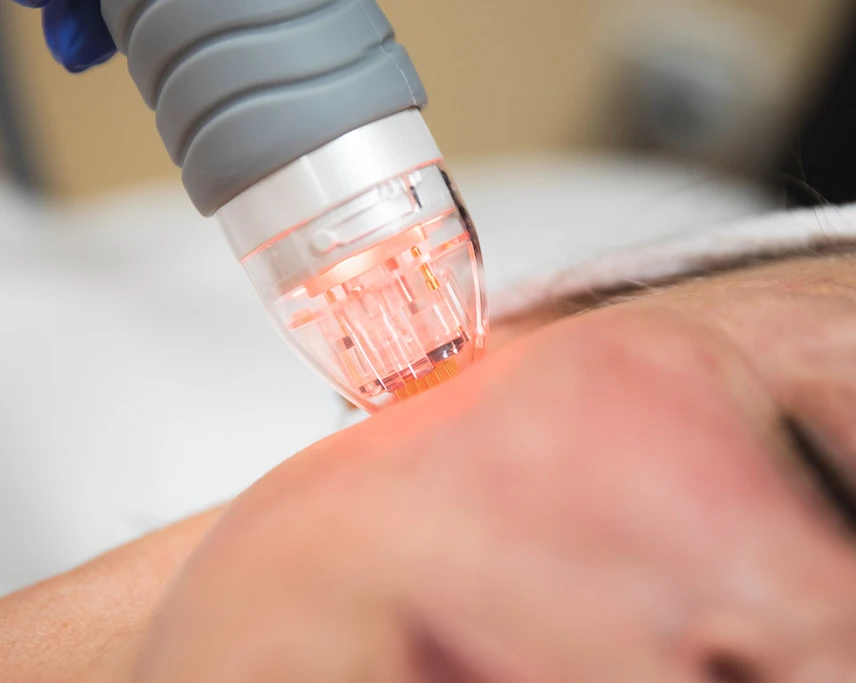
Microneedling RF Treatment
This technique combines microneedling with radiofrequency energy to enhance skin texture and firmness. Tiny needles create micro-injuries in the skin, triggering collagen production and tightening. Effective for reducing scars, fine lines, and overall skin rejuvenation.
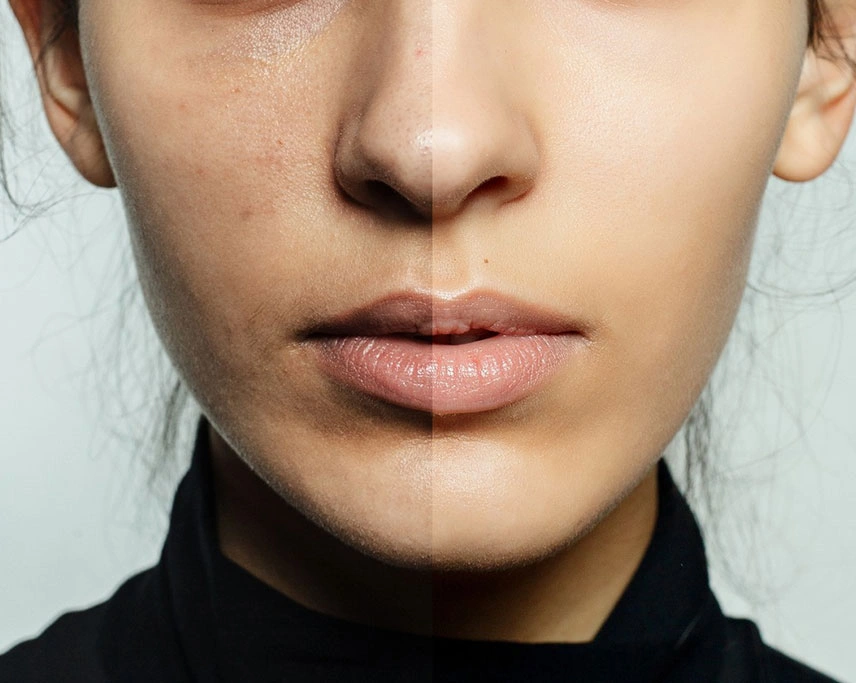
Dermabrasion
A procedure that exfoliates the outer layer of skin to improve its texture and appearance. It helps with acne scars and other skin imperfections by removing damaged skin cells and encouraging new, healthy skin growth.
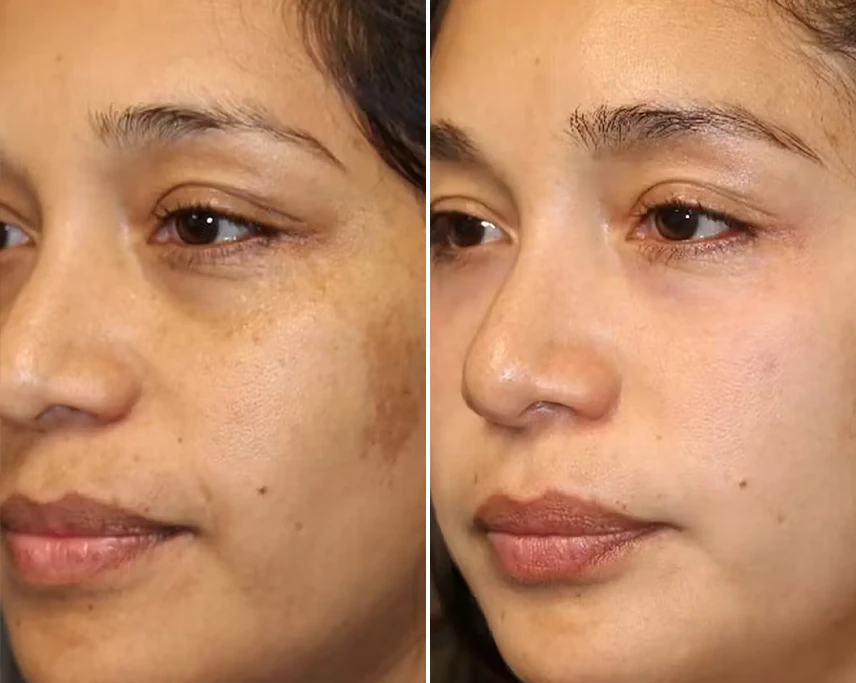
Fat Grafting into Scars
This method involves harvesting fat from one area of the body and injecting it into scar tissue to improve texture and appearance. It helps to smooth out indented scars and promote more natural-looking skin.
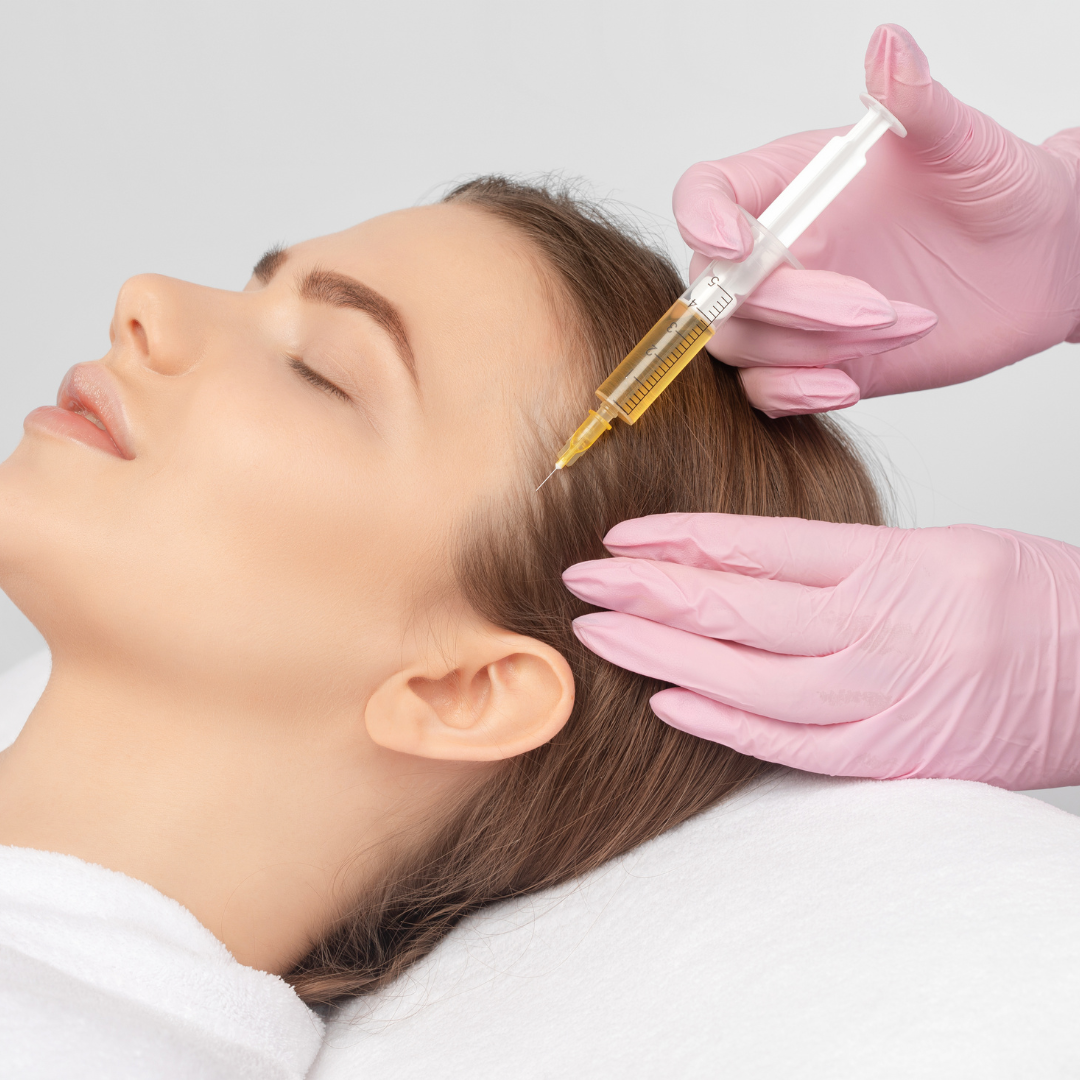
PRP Therapy
Platelet-Rich Plasma (PRP) therapy uses a patient’s own blood components to stimulate healing and regeneration. Applied to the skin or scalp, it enhances collagen production and promotes hair growth, improving skin texture and reducing hair loss.
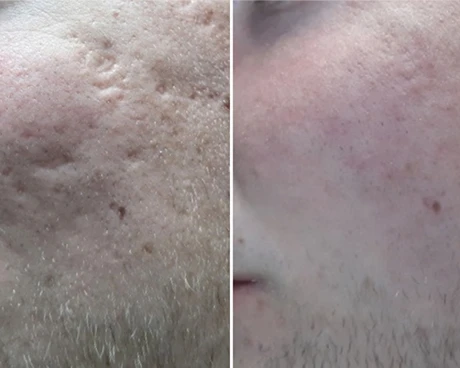
Subcision for Scars
This procedure involves inserting a needle under the skin to break up scar tissue. It helps in lifting depressed scars and improving the skin’s texture by promoting the formation of new, healthy tissue.
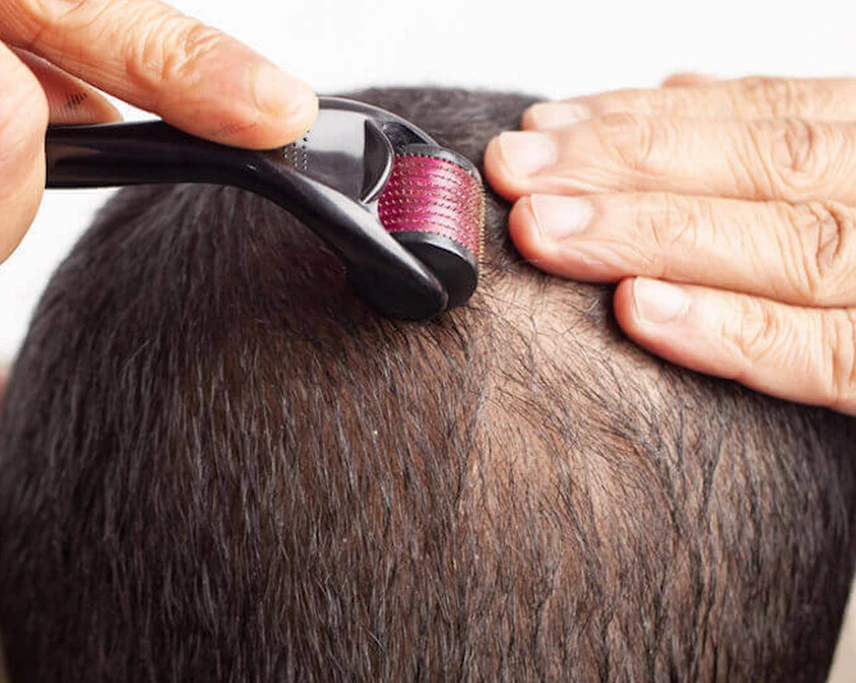
Derma Roller for Hair Loss
A device with microneedles is rolled over the scalp to stimulate hair follicles and increase blood flow. It can enhance the absorption of topical treatments and promote hair growth.
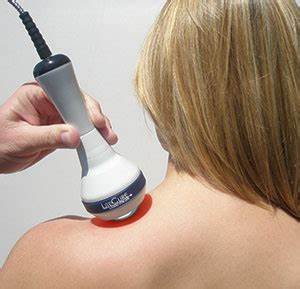
Low-Level Laser Therapy
Utilizes low-intensity lasers to stimulate cellular function and promote healing. Effective for reducing hair loss, treating scars, and improving skin texture by encouraging collagen production.
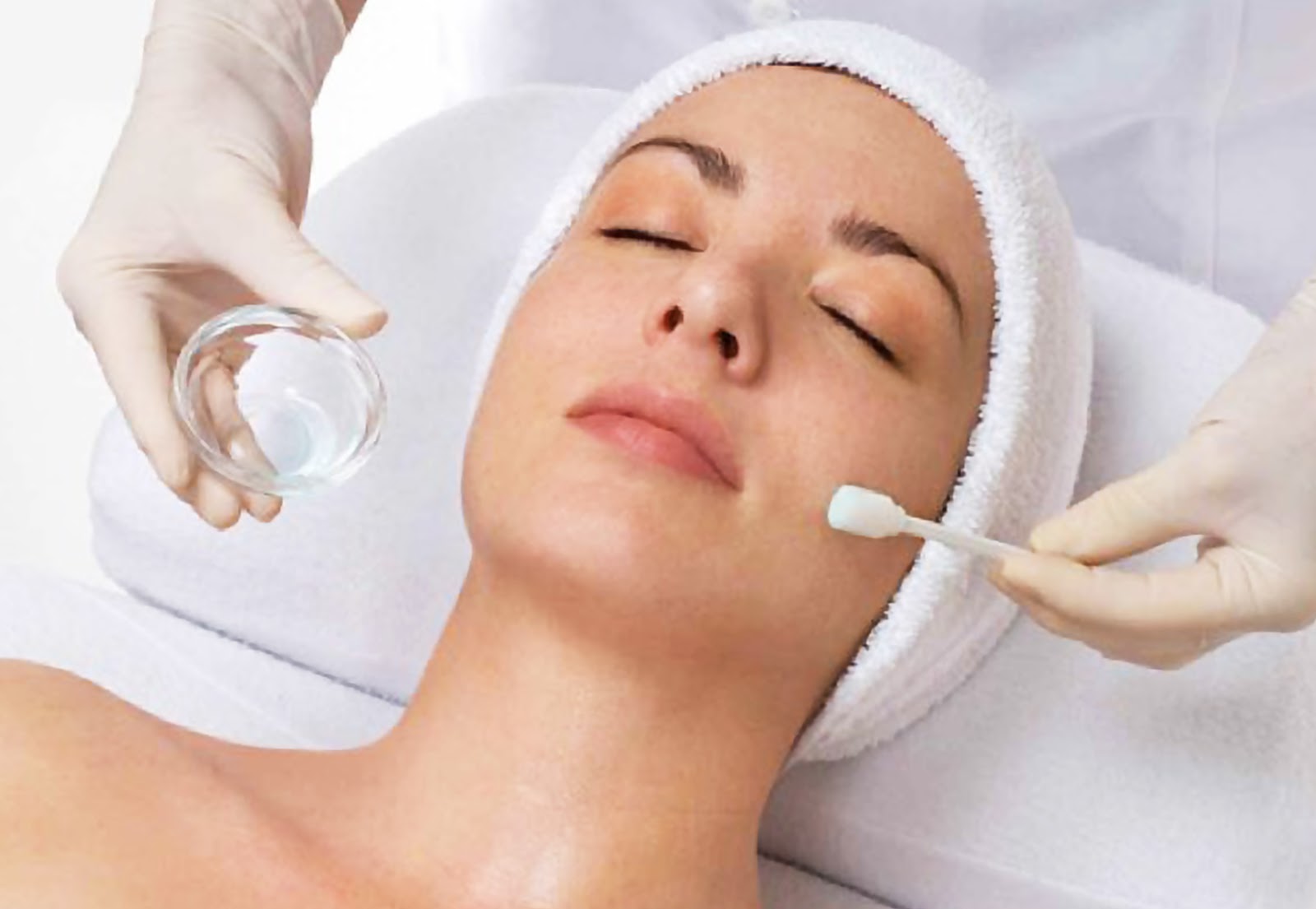
Chemical Peeling
Involves applying a chemical solution to the skin to exfoliate and remove damaged outer layers. It helps reduce fine lines, acne scars, and sun damage, resulting in smoother, more even-toned skin.
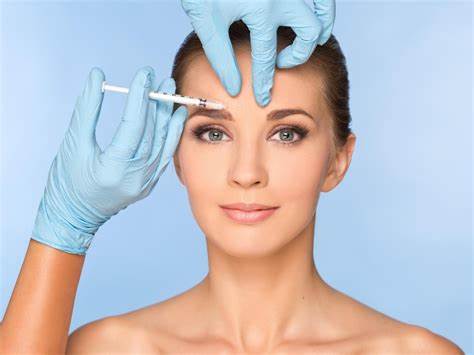
Botox
A popular treatment that temporarily paralyzes facial muscles to reduce the appearance of wrinkles and fine lines. It is often used on the forehead, around the eyes, and between the eyebrows for a smoother, more youthful appearance.
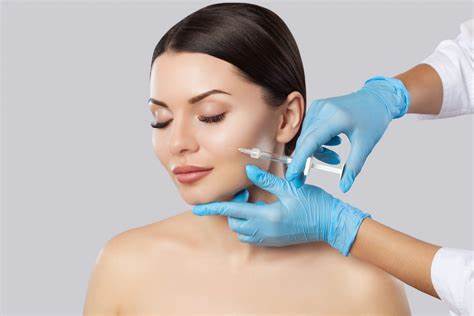
Fillers Treatment
Injectable substances used to restore volume, smooth wrinkles, and enhance facial contours. Common fillers include hyaluronic acid and collagen, which provide immediate results with minimal downtime.
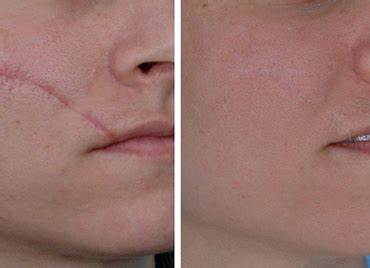
Keloid Management
Various treatments, including steroid injections and silicone gel sheets, are used to reduce the size and appearance of keloid scars. These methods help in managing the overgrowth of scar tissue.
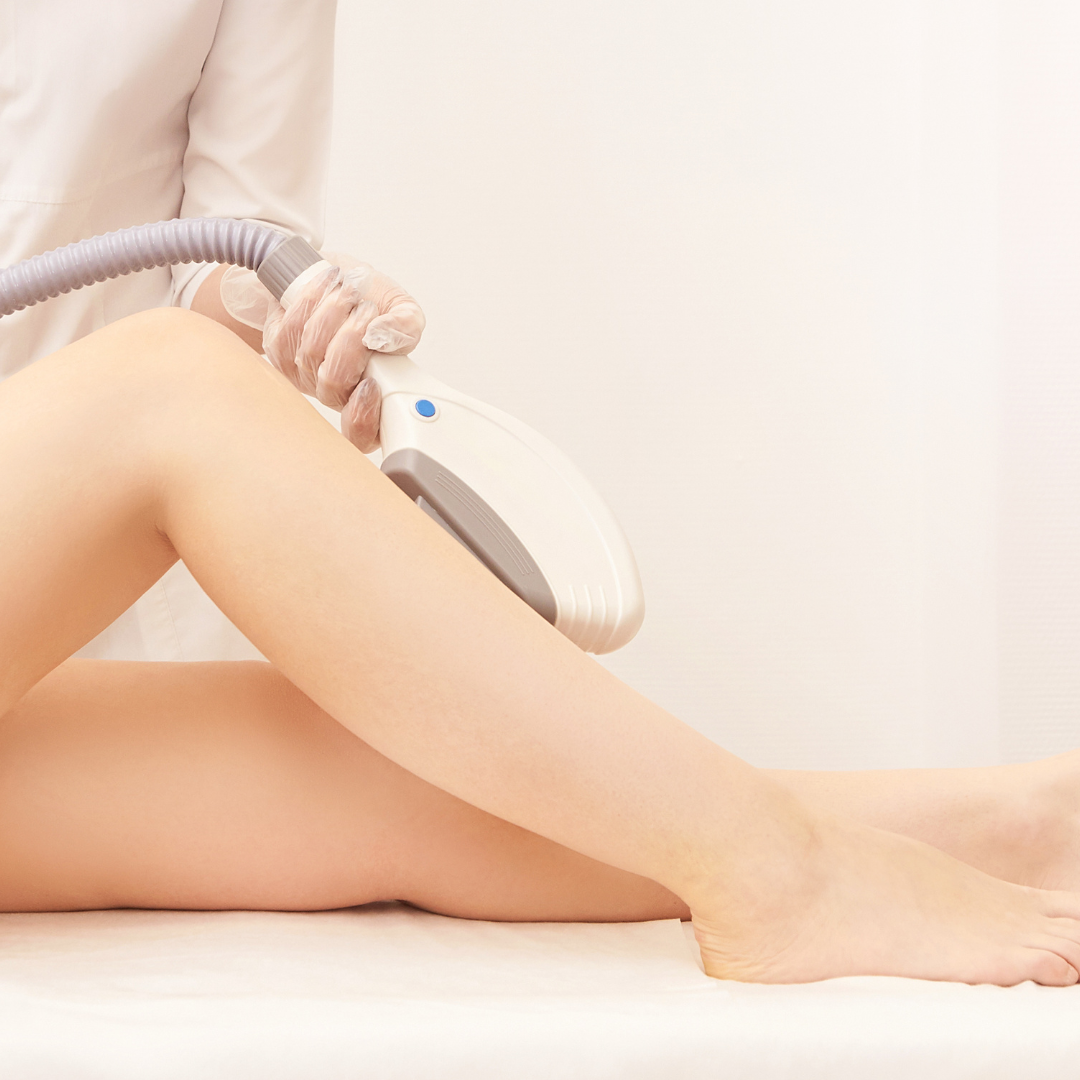
Laser Treatment for Unwanted Hair Removal
Uses laser technology to target and destroy hair follicles, preventing future hair growth. It offers a long-term solution for reducing unwanted hair on various body areas.
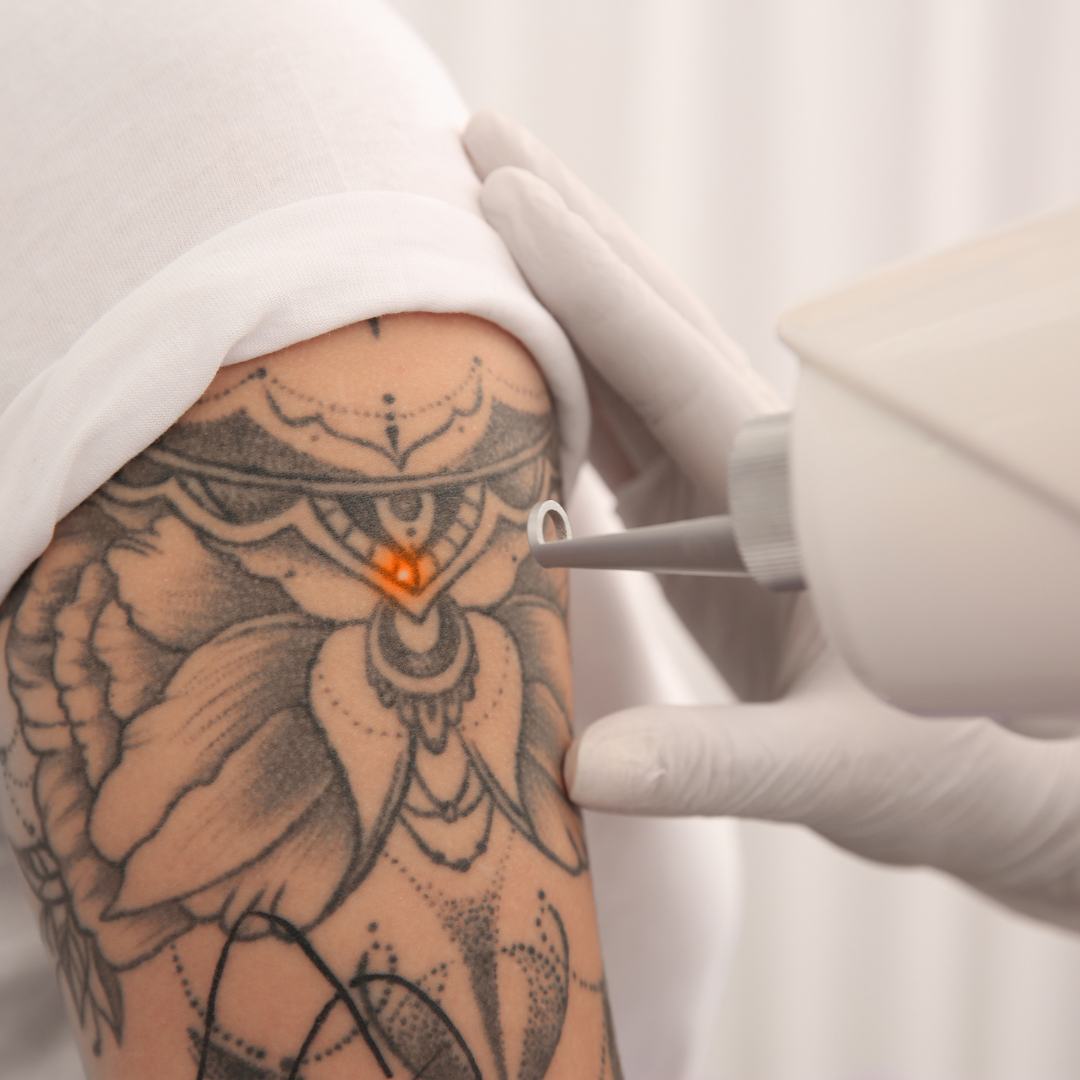
Tattoo Removal
Laser technology is used to break down the ink particles in tattoos, allowing the body to naturally remove them. Multiple sessions may be required for complete removal.
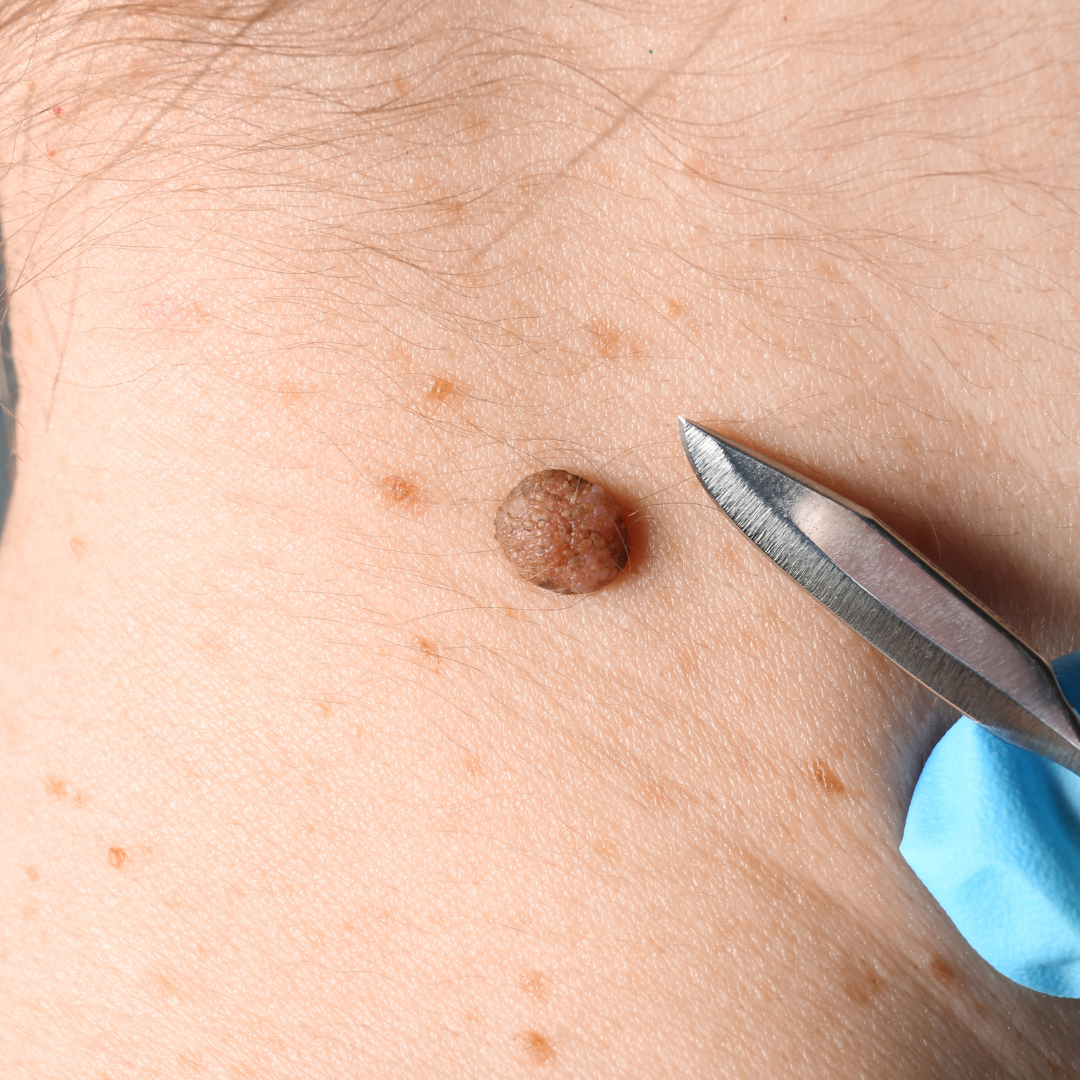
Mole Removal
Various methods, including laser and surgical excision, are used to remove moles for cosmetic or medical reasons. The choice of method depends on the mole’s size, location, and nature.
Surgery Procedures and Recovery Time
Procedure Non-surgical cosmetic treatments typically involve minimal preparation. For instance, microneedling RF requires cleansing and numbing the skin before applying the device. Laser treatments involve pre-treatment cleansing and application of a cooling gel or anaesthesia. The procedures are generally quick, with most taking less than an hour
Recovery Recovery time varies by treatment. Microneedling and laser treatments usually require a few days for redness and swelling to subside. PRP therapy may cause mild discomfort but generally has minimal downtime. Most non-surgical procedures allow for a return to daily activities almost immediately, with full results appearing over several weeks.
Aftercare Patients should follow post-procedure instructions, including avoiding sun exposure and applying prescribed skincare products. Using gentle cleansers and moisturizers helps in maintaining results and speeding up recovery. Regular follow-up appointments may be needed to assess progress and adjust treatments.
Video About Treatment
FAQ
Doctor will mark injection points on the scar before cleansing it with an anti-bacterial agent. A topical numbing agent, ice or a local anaesthesia is applied to keep the patient comfortable during the injections. Fat is removed from another part of the body, usually the buttocks, abdomen or thighs. The fat is then processed and cleansed before being injected beneath the scar with a very small needle. Sometimes patient experience stinging or burning as the filler is injected.
Most patients can immediately return to work after treatment. Minimal pain may occur after a few hours. Ice packs are applied at 10-minute intervals for six hours following the procedure. Patients may experience one or more of the following reactions at the injection sites:
- Swelling that may last for several weeks or months
- Bruising
- Redness
- Possible scabbing
Pain relievers are prescribed if pain become intolerable. Patients will be required to take antibiotics following the procedure. A follow-up appointment will be necessary to monitor progress and to determine if additional treatments are necessary
Allergic reaction risk is minimal in fat transfers since the procedure uses the patient’s own fat instead of filler materials.
These include:
- Bleeding from injection sites
- Swelling and bruising
- Redness and tenderness at injection sites
- Uneven texture of the skin
Infection - Abscesses
- Areas that may be overfilled or under filled
RF MicroNeedling is usually one step in a multi-therapy acne scar treatment plan. For patients with deeply sunken-in scars (Box car and Ice Pick scar types), elevation of these deep scars usually occurs prior to RF MicroNeedling, which will help to put the finishing touches on skin texture and smoothness
RF MicroNeedling works to smooth out the acne scars that plague so many people by stimulating new collagen and elastin in the deep layers of the skin, while bypassing the most superficial layer which is most prone to side effects and prolonged downtime
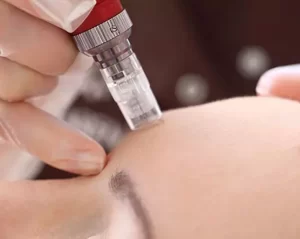
RF MicroNeedling uses very tiny microneedles (smaller than the diameter of a hair) to deliver safe radio frequency energy into the deeper layer of the skin where collagen and elastin fibers form support structures. The polarity of the energy emitted creates arcs of energy between the microneedles, delivering energy below the skin’s surface to remodel the skin without the visible top-layer downtime of previous technologies.
- Wet your hair before using a derma roller on your scalp as it will avoid your hair getting tangled in the roller.
- Apply the hair restoration product onto the scalp to ensure full coverage.
- Start with using derma roller at the front of the scalp and move slowly toward the back of the head.
- Repeat this process from front to back until you have covered each and every area.
- Roll each area 10-15 times focusing on one section of the scalp at a time. Follow the technique of rolling diagonally, vertically and horizontally.
- Apply the hair restoration product again to make sure that there is adequate coverage and absorption of product.
A 1 mm derma roller can be used once a week.
A .5 mm derma roller can be used 2-3 times a week.
A .2 mm or .3 mm derma roller can be used every day or every other day.
If you want to use a derma roller for hair loss, then you should first consult with a cosmetologist and if you want to do by your own, then make sure you follow the guidelines properly.
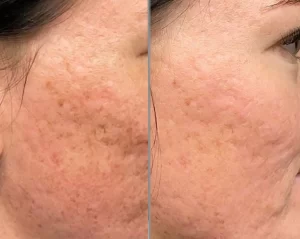
During a subcision procedure, the patient is asked to mark each of the scars that he/she dislikes. These areas are marked and then numbed with local anesthesia. A special needle is used to create a pocket beneath each scar that releases any tethering and creates new scar tissue below the depressed scar. The resultant action during the healing process is to elevate the depressed scar. It is common to see improvement of each scar with a single subcision treatment. Multiple treatments are typically required to achieve the dramatic outcome that patients thought they could never achieve.
From fixing those fine lines to controlling excessive sweating, there are many benefits of Botox injections. The toxin is produced by the microbe that causes botulism, kind of food poisoning. As people age, repeated facial expressions wrinkle the face and simultaneously reduce the levels of elastin and collagen, causing it to sag. Botox treatment for face boosts production of collagen and elastin, which make your skin tight, firm and flexible. Beyond aesthetic applications, it is also used to treat some medical conditions such as bladder and bowel disorders, muscular disorders, migraines and excessive sweating.
As aforesaid, Botox blocks chemical signals that cause muscles to contract. Botox injections may help you treat-
Wrinkles – Botox injection cosmetically removes wrinkles by temporarily paralyzing muscles and treat certain muscular conditions. Botox is injected into muscles, where it blocks nerve impulses to those tissues. It relaxes the facial muscles that cause wrinkles such as forehead furrows, crow’s feet and frown lines between the eyebrows.
Eye twitching – Botox is FDA approved to treat eye muscle problems. It helps relieve twitching of muscles around the eyes.
Bladder – Botox injection will help restrict the bladder’s rate of constriction and the speed of urethra to eject urine.
Lazy eye – Botox can effectively improve the appearance of the lazy eye by lifting the brow and lid above a lazy eye.
A migraine – Headache or a migraine is caused by stress in your shoulders and neck. Botox can treat these muscles to remain in a relaxed state. It has been extremely successful in reducing headache frequency if you are experiencing migraines for more than two weeks a month. There are no side-effects of this treatment, whereas medications may have a host of side-effects.
Excessive sweating – Botox will seal some of the pores and paralyze over-active sweat glands, thus giving you control in sweating.
Muscle contractures – Botox injection can relax muscles in some neurological conditions such as cerebral palsy where it causes your limbs to pull in toward your center.
Botox injections are administered by trained medical professionals. First, the areas to be treated are cleansed with a non-alcoholic cleanser. It is further directed by diluting the powder in saline or liquid as Botox comes as a crystalline substance from the manufacturer. Your doctor uses a thin needle to inject the small amount of Botox into your muscles or skin. The injections take about 10 minutes and have no downtime afterward. It takes about 3-4 days for Botox to take effect as it needs time to disrupt the synaptosomal process. It may take 5 days or more in rare circumstances. Doses of Botox should be spaced at least 3 months apart.
Needles used for Botox injection are very small, so there is minimal pain during the procedure. Your doctor may also numb the area using a topical anaesthetic cream 10-15 minutes before the procedure to make you more comfortable.
Botox treatment is usually done in the doctor’s clinic. You can get back to your normal routine after the procedure. Make sure that you do not rub or massage the injected area as it can cause toxins to migrate to the different area. You may be able to see the results after 2-3 days of treatment and the effect may last longer (up to 3-4 months) depending on the problem being treated. The muscle activity will gradually return to normal as time passes. So, you will need regular sessions to maintain the result.
Botox injection is safe when performed by an experienced cosmetologist and risks are minor with this procedure. Possible side-effects are-
- Eye dryness and droopy eyelids
- Allergy reaction such as bruising, bleeding, and redness
- Cockeyed eyebrows
- Flu-like symptoms or a severe headache
- Muscle spasms or twitching
- Pain or swelling in the treated area
FDA has approved Botox for people aged 18 to 65. But, you should avoid it if you-
- Have drooping eyelids
- Have weakness in your forehead muscles
- Have had facial surgery
- Planning to undergo surgery
- Have asthma
- Have a skin infection in the treated area
Using this medication more often than prescribed will not make it more effective, but may result in serious side effects.
Do not undergo Botox injection from more than one medical professional at a time. If you have to do, make sure you tell your new doctor about your Botox history.
Side-effects of Botox are temporary and you may look normal within three months after an injection.
Your body develops antibodies to the Botox after repeat injections, leading to less recovery time.
Shave your underarms a day before you are scheduled for excessive sweating Botox injection. Also, do not use a deodorant or perfume for a day before injection.
An experienced cosmetologist knows how to avoid side-effects such as numbness or swelling, which underscores the significance of finding an experienced doctor. Discuss your medical history and if any vitamin, medications or supplement you take as some combinations could cause serious side-effects. Botox should not be used for people who have a previous allergic reaction to the drug, pregnant or lactating women.
Derma roller is a device that helps improve blood supply and activate the body’s wound healing mechanism. It is very effective in improving wrinkles and reduces cellulite. Derma rolling treatment is also known as micro-needling or skin needling. It is used to induce the production of collagen and elastin which in-turn helps improve and repair the skin. Derma Rollers increase the skins ability to absorb the applied medicinal products and help skin re-growth and healing thus making it look more radiant, smoother and younger.
Derma rollers give best results in removal of stretch marks and repair scars and regenerate the skin. A derma roller in appearance is unique. It has nearly 100 to 1000 tiny needles and a long handle that helps to use the roller at the target area. The size of the needles helps in reaching deeper layers of the skin where collagen and elastin are produced.
Derma roller treatment is an ingenious approach to attain a perfect looking skin. It is the best possible choice you can make to treat wrinkles, fine lines and stretch marks on the skin. But choosing an appropriate derma roller is very important.
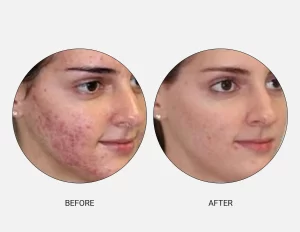
The secret of the derma roller before after results produced by the derma roller lies in its tiny needles. The therapist will apply a topical anaesthetic cream and use an antiseptic solution to clean the area. A single use, sterile roller with microneedles will be used all over the area to be treated until it causes point bleeding, redness and slight swelling. Creating these micro-traumas will jump start your body’s collagen production. A specific nourishing serum will also be infused in the needles to enhance the cell regeneration process. The session usually lasts for 15 to 20 min after which the therapist will clean the area with a cream and apply sunblock to protect from sun damage.
– The biggest advantage of the derma roller for face is that it boosts the skin’s internal healing capability without using much of the outer elements.
– Derma roller treatment harnesses natural qualities of the skin to keep you looking refreshed.
– It is a great way to revitalise your ageing skin without turning to cosmetic surgery.
– Derma roller helps to treat the wrinkles and fine lines
– Derma roller treatment slows down the per-mature ageing of the skin by triggering the collagen and elastin growth.
– It repairs and rejuvenates the skin from sun damage by stimulating the collagen deposits of the skin.
– Derma roller works amazingly well for eliminating hyperpigmentation.
– Collagen production induced by derma rolling reduces the stretch marks prominently.
– Bigger pores on the skin look unflattering and make your skin look dull and can cause problems like acne and blackheads. Derma roller treatments helps reduce larger pores on the skin to make it look fresh.
– It’s easy to use on any part of the body
– Time taken for the treatment is less than other skin treatments.
– Derma Roller treatment gives quicker results than other skin treatments and that one reason it is slowly garnering popularity.
1.Wet your hair before using a derma roller on your scalp as it will avoid your hair getting tangled in the roller.
2.Apply the hair restoration product onto the scalp to ensure full coverage.
3.Start with using derma roller at the front of the scalp and move slowly toward the back of the head.
4.Repeat this process from front to back until you have covered each and every area.
5.Roll each area 10-15 times focusing on one section of the scalp at a time. Follow the technique of rolling diagonally, vertically and horizontally.
6.Apply the hair restoration product again to make sure that there is adequate coverage and absorption of product.
A 1 mm derma roller can be used once a week.
A .5 mm derma roller can be used 2-3 times a week.
A .2 mm or .3 mm derma roller can be used every day or every other day.
If you want to use a derma roller for hair loss, then you should first consult with a cosmetologist and if you want to do by your own, then make sure you follow the guidelines properly.
Derma roller is considered as an effective treatment for not just acne scars but to improve overall skin tone and texture. It can help remove scarring, zits and pimples. When rolled over the scar tissue, they break down and stimulate the skin cells to help them flourish and heal themselves. It improves the blood supply, which eventually boost collagen and elastin formation. It can also be used to treat skin pigmentation, birth marks, stretch marks and wrinkles etc. So, if you are looking for derma roller for scars, derma roller for skin conditions, then you’ve come to right place.
– People with sensitive skin may experience inflammation if the treatment is done with longer length needles. However, it usually gets resolved within few hours of the treatment. It is vital to check with your doctor before getting a derma roller to check if you have any underlying inflammatory symptoms.
– Aggressive rolling sometimes leads to temporary bleeding. To prevent bleeding less pressure should be applied while doing the treatment
– Due to derma rolling scar may appear wider and shallower because derma roller causes their walls to collapse. But derma rolling gradually fills them up.
– Derma rolling treatment sometimes can aggravate acne if its active and can spread over other area.
– If you have an active infection and derma roller treatment is carried out, then the infection may spread. So, it should be made sure to first treat any underlying conditions before getting a derma rolling treatment.
– The recovery in case of Derma Roller Treatment is quite quick and comparatively painless.
– However, care is required to be taken after the procedure. Proper Sunblock should be used, and a daily skin care regime should be put into use.
– Mostly your therapist will prescribe you some creams and a skin care regime that should be followed to make the effects last longer.
– You should expect redness and sensitivity on the treated area which should subside soon and leave you with clearer complexion
– Your therapist will assess the exact downtime for you according to the skin condition and the intensity of the treatment.
Derma roller for hair loss
Hair growth depends upon the genes that helps promote the development of new hair cells. Derma roller works by triggering the body’s wound healing response and stimulating the production of human growth factor. When needles are rolled over the skin, they cause minor surface wounds to the tissue. This wound healing would kindle the creation of proteins that are responsible for the production of new hair follicle, which will eventually lead to the blood circulation and enhance the nutrients to your follicles, leaving you with new hair growth.
- Wash your face properly or cleanse it gently. You can use steam to open pores or can apply a toner if required and apply normal skin toner on the skin.
- Apply a mild anaesthesia.
- Stretch the skin in a certain perimeter to make your skin tight and this will help the derma roller to work efficiently on all pores.
- Use skin medication after the use of derma roller. This will make the skin more responsive to the medicine, giving you better results.
- Use a crisscross motion from top to bottom, from left to right and diagonally when using the derma roller.
Use the derma roller for at least twice a week for about 10-15 minutes.
You can safely use this at home but it is recommended to consult an expert before you try this. Remember to use sunscreen before stepping out while undergoing this treatment. Derma roller benefits for face are many but you should not use a derma roller for these skin conditions- moles, warts, popped zits, blisters and open skin wounds.
Derma roller for stretch marks/breast stretch marks
If you are looking for a non-surgical treatment to get rid of those annoying stretch marks, then Derma roller is the best option for you. They work best for every skin tone and age. This treatment works by rolling needles over the skin leading to microscopic wounds, breaking down scar tissues, boosting elastin and collagen formation in the dermis and epidermis. Derma roller promotes the healing action of the body by increasing the generation of collagen which elongates the course to lift the healing greater than normal.
Needles of 1.5 mm should be used once in 3-4 weeks, needles of 1 mm can be used every other week and needles of .5 mm can be used 1-2 times in a week. This treatment is completely safe and harmless as there are no side-effects. You will be able to see the results after 2-3 weeks of the procedure. However, the duration may vary depending upon the use of derma roller, size of needle, pressure exerted and the length of needle etc. If you are allergic to chemical products or do not want to undergo any cosmetic procedure, then you can definitely try this.
A keloid is a type of raised scar. Unlike other raised scars, keloids grow much larger than the wound that caused the scar.
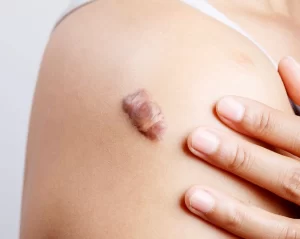
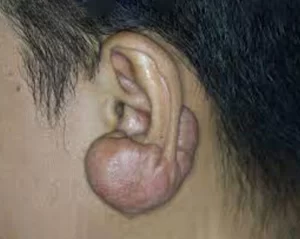
- Corticosteroid Injections. The aim of this keloid treatment method is to reduce inflammation via the reduction of the production of collagen and other proteins that form the fibrous scar tissue.
- Moisturizing Oils.
- Silicone Gel Pads and Pressure.
- Cryotherapy.
- Surgical Removal.
- Superficial Radiation Therapy.
Not everyone who gets a scar will develop a keloid. If you have keloid-prone skin, however, anything that can cause a scar may lead to a keloid. This includes a cut, burn, or severe acne. Some people see a keloid after they pierce their ears or get a tattoo. A keloid can also form as chickenpox clear. Sometimes, a surgical scar becomes a keloid.
In very rare cases, keloids form when people do not injure their skin. These are called “spontaneous keloids.”
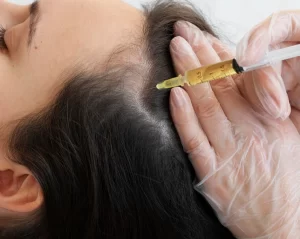
We withdraw a small amount of your own blood and use the plasma for your cosmetic treatment.
Hair rejuvenation : Small amounts of PRP are injected along thinning areas and areas of concern.
The natural growth factors in PRP do three things :
- Recruit new hairs to grow
- Keeps hair that is present in its growth phase
- Stimulates stem cells around follicles to thicken
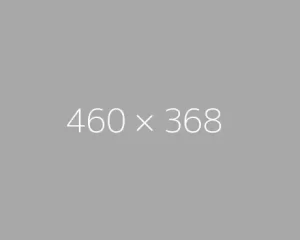
Facial rejuvenation : PRP is injected directly into lines and creases, with immediate results.
Common areas for rejuvenation :
- Tear troughs
- Temples
- Cheeks and smile lines
- Frown lines
- Acne and facial or body scars
PRP can be used anywhere on the body that you would like to stimulate the skin’s natural healing ability. The most popular areas of treatment are :
- The face, chest, hands, and arms
- Acne, surgical, and other scars
- Hair thinning or areas of loss
Everyone varies a little in how their body responds to PRP. If multiple treatments are necessary, they will be spaced by 30 days.
Tattoo removal is a procedure done to try to remove an unwanted tattoo. Common techniques used for tattoo removal include laser surgery and surgical removal.
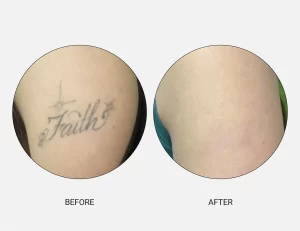
You might consider tattoo removal if you regret a tattoo or you’re unhappy with the appearance of your tattoo. Perhaps the tattoo has faded or blurred, or you decide that the tattoo doesn’t fit your current image.
Tattoo removal might also be important if you develop an allergic reaction to the tattoo or other complications, such as an infection.
What are the risks of tattoo removal?
Scarring is likely after most types of tattoo removal. Infection or skin discoloration is possible as well.
Tattoo removal is often done as an outpatient procedure with local anaesthesia. Common techniques for tattoo removal include laser surgery and surgical removal
Laser surgery
Q-switched lasers — which release energy in a single, powerful pulse — are often the treatment of choice for tattoo removal. A special type of laser — called a Q-switched Nd:YAG — might be used on darker skin to avoid changing the skin’s pigment permanently.
Before laser treatment, the skin is numbed with an injection of a local anesthetic. Then a powerful pulse of energy is applied to the tattoo to heat and shatter the tattoo ink. Multicolored tattoos might need treatment with various lasers and different wavelengths.
After the procedure, you might notice swelling and possibly blistering or bleeding. Antibacterial ointment can help promote healing. You’ll likely need repeated sessions to lighten the tattoo, and it might not be possible to completely erase the tattoo.
Surgical Removal
During surgical removal, the skin is numbed with an injection of a local anesthetic. The tattoo is removed with a scalpel, and the edges of skin are stitched back together. After the procedure, antibacterial ointment helps promote healing.
Surgical tattoo removal is effective — but it leaves a scar and might be practical only for small tattoos.
What about the results of tattoo removal?
Tattoos are meant to be permanent, and complete tattoo removal is difficult. Some degree of scarring or skin color variation is likely to remain, regardless of the specific method of tattoo removal.
Mole removal is a procedure done to try to remove an unwanted moles. Common techniques used for mole removal include laser surgery and surgical removal.
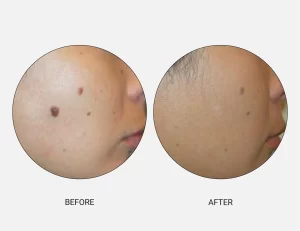
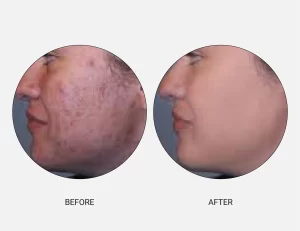
Superficial scars are treated with microdermabrasion
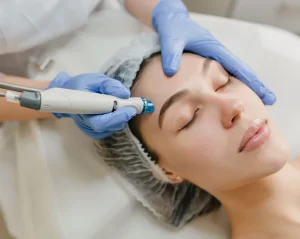
Dermabrasion reduces raised scar using special equipment to remove skin surface.
Injecting substances such as collagen or fat can immediately raise sunken scars. Steroid injections may help flatten raised scars, but a long-term course may be needed. Dermabrasion procedure uses special equipment to remove the surface of the skin, helping to reduce the look of raised scars. Microdermabrasion, a less invasive process, can be used for superficial scars.
Laser resurfacing is done two ways The skin surface is removed with lasers, or lasers are used to work on the collagen in the dermis without removing the upper layer of skin.
For the skin graft surgery, the person is taken into the operation theatre and local anaesthesia is given to the patient. The surgeon cleanses the area to be treated. He uses the skin from another area of the body and places it in the area of the skin to be treated. The area is wrapped with surgical gauze.
Low-level laser therapy or LLLT, uses clinical-strength laser technology to treat hair loss andthinning hair for both men and women. LLLT uses non-invasive, pain-free light technology to stimulatehair follicles and scientifically induce regrowth of thicker, fuller hair.
Low Level Laser Therapy (LLLT) definitely works in the treatments of androgenetic alopecia in males and females. It has been shown to be as effectiveas minoxidil and finasteride.
The theory is that when hair follicles absorb laser light at a certain level, it stimulates hair to grow.
Below are 5 vitamins and 3 other nutrients that may be important for hair growth.
Vitamin A. All cells need vitamin A for growth. …
- B-Vitamins. One of the best known vitamins for hair growth is a B-vitamin called biotin. …
- Vitamin C.
- Vitamin D.
- Vitamin E.
- Iron. …
- Zinc. …
- Protein.
To maintain shiny, healthy hair and provide the nutrients your hair needs, maintain a balanced diet with these top vitamins for hair growth. These vitamins work to promote healthy hair and your longest, thickest and fastest possible hair growth.
This medicine is applied to the scalp. It can stop hairs from getting thinner and stimulate hair growth on the top of the scalp. The U.S. Food and Drug Administration (FDA) has approved minoxidil to treat hair loss.
It is the only hair re-growth product approved for men and women. A cosmetologist may combine minoxidil with another treatment for hair loss.
Although blood is mainly a liquid (called plasma), it also contains small solid components (red cells, white cells, and platelets.) The platelets are best known for their importance in clotting blood. However, platelets also contain hundreds of proteins called growth factors which are very important in the healing of injuries.
PRP is plasma with many more platelets than what is typically found in blood (PRP = Platelet Rich Plasma). The concentration of platelets — and, thereby, the concentration of growth factors — can be 5 to 10 times greater (or richer) than usual.
Although it is not exactly clear how PRP works, laboratory studies have shown that the increased concentration of growth factors in PRP can potentially speed up the anti-aging and rejuvenation process.
We withdraw a small amount of your own blood and use the plasma for your cosmetic treatment.
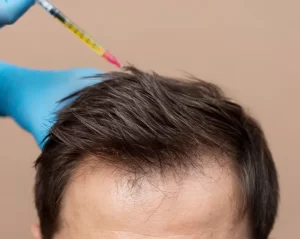
Small amounts of PRP are injected along thinning areas and areas of concern.
- The natural growth factors in PRP do three things
- Recruit new hairs to grow
- Keeps hair that is present in its growth phase
- Stimulates stem cells around follicles to thicken
PRP is injected directly into lines and creases, with immediate results.
- Common areas for rejuvenation
- Tear troughs
- Temples
- Cheeks and smile lines
- Frown lines
- Acne and facial or body scars
PRP can be used anywhere on the body that you would like to stimulate the skin’s natural healing ability. The most popular areas of treatment are:
- The face, chest, hands, and arms
- Acne, surgical, and other scars
- Hair thinning or areas of loss
The most common side effect is tenderness where the injection is performed. Delicate skin around the eyes may be slightly puffy for a few days. Pinpoint bleeding may occur but stops very quickly after the treatment. Patients receiving PRP for hair loss may experience a slight headache after treatment.
Everyone varies a little in how their body responds to PRP. If multiple treatments are necessary, they will be spaced by 30 days.
A chemical peel is a skin rejuvenation procedure in which a chemical solution is applied to peel the top layer, which gives you smoother and younger looking skin. It works by removing the dead skin cells from the skin surface to allow new healthy cells to grow back. It is one of the popular nonsurgical cosmetic procedures used to treat skin problems such as scars, skin discoloration and wrinkles.
Chemical peeling in India is one of the most preferred treatments for correcting skin tone and pigmentation. This treatment involves applying a chemical solution that helps peel off the dead skin layers. This procedure can help remove blemishes, reducing pigmentation, fixing acne problems and giving skin a better and improved texture than before.
It can give your skin a completely new and glowing look. Chemical Peels treatment is most popular in women/men who are soon going to get married or have some big event coming up. As much as it makes your skin look radiant, this treatment is comparatively quicker than other skin treatments and the results last longer as well.
There are mainly three types of chemical peels that are used to treat patients based on their requirements and skin condition. These types are as follows:
Superficial Peels – These are the mildest type of peels and can be used for all skin types. In most cases, a liquid containing mild dilute acid is used. Glycolic acid is more often used. Sometimes dry ice or solid carbon dioxide may also be used.
Medium Peels – Medium peels are a little stronger than superficial peels and soak deeper into the skin. They cause a burn of the skin. Usually Trichloroacetic acid (TCA) is the main agent used in medium peels. Medium peels may also be done in various steps using a different chemical liquid followed by TCA.
Deep Peels – Deep Peels soak way deeper in the skin than superficial or medium peels. They go deep into several layers of skin and cause a burn. Deep peels tend to bleach the skin so may not be used on darker skin types. These are used only on the face and mostly a chemical called phenol is used in deep peels. In most cases, deep peels can be done only once.
Based on your aesthetic goals, the area on which the treatment is to be carried out and the thickness of one’s skin, all these factors play a major role in choosing and carrying out a treatment. Your aesthetic requirements help the doctor to determine the type and depth of the peel.
The first step of the procedure is to clean up the skin thoroughly. Your dermatologist may prep your skin by using medications such as glycolic acid, Retin –A and may even suggest antiviral or antibiotics. And then the chemical solution including salicylic acid, lactic acid, TCA or carbolic acid is applied to the target area on the skin.
The patient may feel a burning sensation for not more than five to ten minutes followed by a pricking sensation during the procedure. However, your doctor may suggest a cold compression or a pain medication relieve the pain during or after the procedure.
Acne – As the chemical solution is applied to the skin, it exfoliates the outer layer of the skin, which allows dead skin cells to shed more effectively. This process curbs the pimples and acne by keeping dead skin cells and excess oil from clogging the hair follicle. It reduces the appearance of acne marks and scars, giving you smoother and vibrant skin.
Hyperpigmentation – Hyperpigmentation occurs due to an increase in melanin, the pigment responsible for giving color and pigment to the skin. It appears in different forms such as melasma, sun spots or post-inflammatory hyperpigmentation. An acid solution used in chemical peeling peels the outer layer of the skin, leading to the removal of any sun spots or freckles. It will take around 6-7 peels to get the best results.
Enlarged pores – A chemical peeling for the face is used to remove the outer damaged layers of the epidermis with the help of an acidic solution. Soon, a new epidermis will form with smaller pores. It improves the appearance and texture of the skin. However, a chemical peeling cannot change the size of the pores, but it can make your pores look less noticeable.
Wrinkles/fine lines – When the skin cell production slows down and the top layer turns flaky, it makes wrinkles deeper and more noticeable, particularly on the face and neck. Chemical peel before the wedding can help makes wrinkles and fine lines look less visible.
Minimal pain – Chemical peel is typically an outpatient surgical facility or office-based procedure. You may experience a little tightness or tingling during a procedure. Pain relief is generally not required for a light chemical peel, your doctor might give you a painkiller or sedative for a medium chemical peel and if you are undergoing a deep chemical peel, your doctor will numb your skin with a local anesthesia.
No recovery time – You will be able to see results in just a few days with little to no recovery time. However, the recovery time depends on the type of peel directed as each type of peel affects the skin to a different extent. A light chemical peel requires virtually no recovery time, a medium chemical peel requires 3 to 5 days of recovery time and a deep chemical peel require 7 to 10 days for complete healing.
The advantages of chemical peels are many and all the three types of peels help deal with different issues of the skin. The deep chemical peels are kept for the worst type of skin problems including serious acne, scarring and birthmarks.
Below are some of the side effects of chemical peeling-
- Heart, kidney or liver damage- As chemical peel involves carbolic acid (phenol), which can damage the heart muscle and causes the heart to beat irregularly. It can also harm the kidneys and liver.
- Infection- A chemical peel can give you a flare-up of the herpes virus, which can give you cold sores. It has also been reported to cause fungal or bacterial infection.
- Stinging and burning sensation- A chemical peeling can cause a burning or a stinging sensation in the treated area. It will subside in around one week.
- Pigmentation- This side-effect is more common in people who have darker skin. A chemical peel can change the color of your treated skin to become lighter than normal (hypopigmentation) and darker than normal (hyperpigmentation). Hypopigmentation is more common after a deep peel whereas hyperpigmentation is more common after superficial peels.
- Scarring – A chemical peel, especially deep peels like phenol can cause scarring. Steroid and antibiotics are recommended to soften the appearance of these scars.
- Skin breakout – As the chemical peeling exfoliate the upper layer of the skin, it can bring dead skin cells up to the surface of the skin in the form of spots. It is somewhat common to experience breakouts after getting peels done.
- Redness – Redness is a result of a normal healing after the chemical peeling. It might last for several months after a medium or deep chemical peel. These side-effects will usually go away on their own and won’t affect your daily routine.
You should avoid chemical peels if you
- Have a history of cold sores
- Have facial warts
- Have abnormal skin pigmentation
- Have a dark complexion
- Have AIDS
- If you are pregnant
The aftercare of the procedure is very important to sustain the treatment results for a longer time. The doctors may advise you to avoid sunlight for several months and as the new skin exposed is delicate and may not be able to withstand extreme weather.
You must use a good sunscreen at all time to prevent the skin from sun damage. If you have gotten the area around your eyes treated, be sure to wear sunglasses when going outdoors.
During recovery, observe carefully how the skin is reacting to various factors like weather and food and in case of complications, you must immediately bring it to your doctor’s notice.
Pierced ears are earlobes or the cartilage portion of the external ears which have had one or more holes created in them for the wearing of earrings. The holes may be permanent or temporary. The holes become permanent when a fistula is created by scar tissue forming around the initial earring.
There are quite a few different techniques for piercing ears. Local anaesthesiamay or may not be used prior to the piercing procedure. Ice may be used before the procedure to achieve some numbness as well.
Ear piercing kits : Commercial ear piercing kits, also known as “guns.” Ear piercing guns have embedded studs that will automatically lodge into the piercing hole after the trigger is pulled.
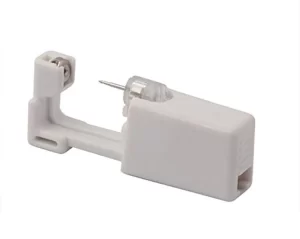
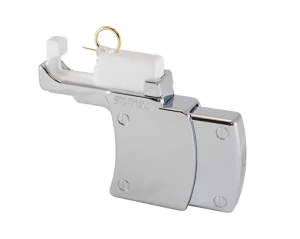
One needle technique : In this technique, a hollow bore needle is inserted through the desired spot for the earring. The post of the earring stud is inserted through the hollow bore of the needle and the needle is withdrawn, leaving the stud post in place. The earring backing is then placed to secure the earring.
Two needle technique : . A smaller needle is used to make a tract in the desired area of the hole. A larger hollow needle is then slipped over the smaller needle in the opposite direction and the smaller needle is removed. The post of the earring stud is inserted through the hollow bore of the remaining larger needle and the needle is withdrawn, leaving the stud post in place. The earring backing is then secured.
The process of using a needle to do a piercing in an area of the body other than the ear lobe is much safer, and our customers say, less painful than using apiercing gun. … Now, it is certainly true that many people have had piercings done with a gun instead of a needle and encountered no serious health issues.
The most frequent complications connected with wearing earrings are:[18]
- Inflammation
- Keloids
- Loss of tissue by tearing
- Mechanical division of earlobes
- Potential skin disorder
As the skin ages, the production of collagen under the skin starts getting reduced. This leads to the skin becoming loose and losing its vibrant, youthful appearance as well as promotes the development of wrinkles. The loss of subcutaneous fat owing to the natural process of ageing contributes to the development of smile lines and crow’s feet on the face, especially in the area surrounding the eyes. We give our best to make you look your best beautiful, bringing you the most advanced beauty treatments from around the world.
The skin cells known as fibroblasts form the protein called collagen which helps to keep the skin plump and young. Collagen also fixes and restores marred skin. As our skin gets affected by different skin disorders, including scars and wrinkles, the collagen in the skin is gradually destroyed. Thus, fillers i.e. gel-like substances are injected into the scars in order to smoothen them. Different acne scars such as- rolling, boxcar and ice pick are efficiently treated with the help of derma fillers. They aid in softening the scars and with the passage of time, blend them into your normal skin. It can be used to treat moderate to severe acne on the cheeks of patients over the age of 21.
Derma Fillers are usually used to perform the following tasks :
- Improve the appearance of recessed scars on the body
- Plump thin lips
- Soften wrinkles, lines and facial creases
- Enhance the shallow contours on the face
- Aid in reconstructing contour deformities in the face
- The dermatologist begins the procedure by numbing the area that is to be treated with the help of a tropical anaesthetic.
- The derma Filler is then injected into the skin in the dermis as well as the deep dermis layers of the skin.
- The procedure usually takes around 20 to 30 minutes for completion.
Derma Fillers aid in diminishing the appearance of the lines and wrinkles appearing on the face. They also help in restoring the volume and fullness of the face, thereby restoring the youthful appearance of the skin. Also known as soft tissue fillers, injectable implants or wrinkle fillers, derma Fillers are FDA approved procedures that help in creating the illusion of a fuller, smoother and youthful skin
Restylane : A non-animal stabilized hyaluronic acid, Restylane is a biodegradable filler that is approved by FDA. The Hyaluronic acid used in making the Restylane provides fullness and volume to the skin. It can be used for the medium as well as deep implantations. It corrects facial wrinkles and folds. It is also used for lip augmentation. It is more effective than the cross-linked hyaluronic acid derma fillers and the cross-linked collagen. It lasts about 9 months. The whole process gets completed in a single treatment. Restylane requires only a few injections, so there are little to no risks. The main side effects of the Restylane treatment include numbness, bruising, and swelling. However, these side effects subside within a few days. Your doctor may also ask you to avoid sun exposure and sunbath during the recovery period. People with a history of bacterial protein should not undergo this treatment.
Belotero : Belotero is a filler made from hyaluronic acid. There are 3 formulations of Belotero that are used for the treatment. Belotero Intense and Basic are used to enhance the cheeks, lips, and other facial areas as well as for filling the deep lines. It results in the most noticeable visible changes as it is injected into the deep layers of the skin. The whole treatment takes about 30 minutes. Before injecting the needle in the affected area, the skin needs to be disinfected. Belotero immediately binds with the water within the skin layer and helps fill in wrinkles, lines, and creases. It is not recommended for upper cheeks as the skin is thicker in those areas. The side effects of this treatment include bruising, swelling, and redness. The result can last up to 6 months.
Juvederm : It is used to improve the tear troughs. It is injected into the hollowness under the eyes. Although it works for lips, nose, and mouth, it has the best result on the eyes. It is because of the less movement of tissues in the area. Only a tiny amount of filler is injected under the eyes. The whole process is easy and painless. A fraction is first injected into the patient. The remaining is injected in the next sitting. It helps give a more natural look to the skin. There are signs of redness, itching, discoloration, and bruising at the injection site which subsides within a week. You can wear makeup to camouflage these effects. The result usually last between 6 and 12 months.
All individuals who :
- Do not smoke
- Are physically healthy are ideal candidates for a derma Filler procedure
An important thing to keep in mind before undergoing the derma Filler treatment procedure is that the patient must :
- Set realistic targets of appearance post treatment
- Maintain a positive outlook post treatment
Recovery from the derma Filler treatment usually takes around two to four days
- Patients are advised to avoid rubbing the treated area for at least a day or two post the treatment.
- Avoiding exposure to the Sun.
- Routine skincare and makeup procedures may be resumed five days post the administration of the derma Filler injections.
- In some cases, follow up treatments may be advised, especially if the extent of the problem that required the treatment is very high to begin with.
The laser hair removal treatment is performed by using laser light energy, which penetrates into the hair shaft. The intense heat of the laser damages and kills the root of the hair. It inhibits the future hair growth. Laser hair removal slows the growth of the hair but does not give a permanent hair removal guarantee.
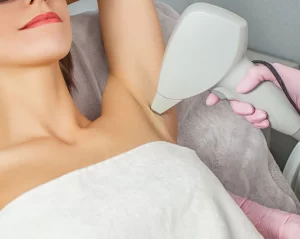
- Area is trimmed to make the hair length short.
- Cooling device is used or cooling gel is applied.
- Laser light is pulsed as required.
- You will be asked to lie down and the doctor will activate the laser. The laser beam penetrates through the skin and disturbs the hair growth origin. The root of the hair is killed due to the penetration of the laser light energy. You may experience slight discomfort. The session may take 30 minutes to complete.
You may notice redness and be swelling a few hours after the laser treatment. The doctor may prescribe a few painkillers or may also suggest aloe gel or other types of lotion or cream reduce the swelling, pain or discomfort you experience. In case you develop a skin rash or a skin reaction the doctor may apply a steroid cream to the affected area and soothe that particular region.
You will have to visit the doctor a number of times as the treatment consists of 6 to 8 sessions. Avoid getting exposed to the sun after the laser treatment. Use sunscreen lotions once the affected area is healed. Follow the instructions of the doctor and stay protected.
A scar is formed due to an injury, burn, trauma or a surgery. It is a natural process of healing after an injury. A scar is not bad as long as it is not clearly visible or in a location that is easy to conceal. But when the scar is visible and unable to be covered, one should go for the scar removal treatment. Though the scars cannot be completed removed, they can be made less visible.
Scar removal treatment works on minimising the appearance of scar by treating the skin.
Fat Injection :
Shrunken scars are treated with fat or collagen injection
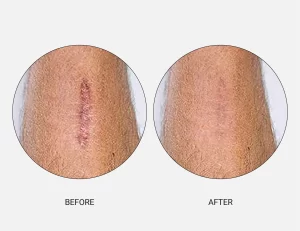
Steroid injection :
Raised scars are treated with steroid injections.
Laser resurfacing can be either to remove scarred skin surface or to work on collagen production without skin removal.
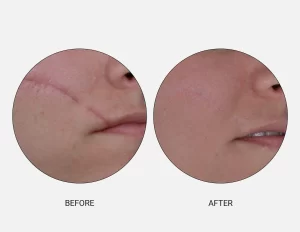
Skin graft surgery used to surgically replace scarred skin with skin from another area of the body.
